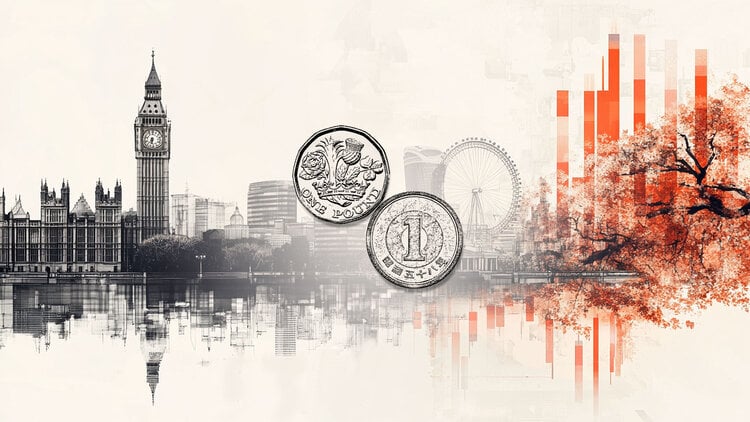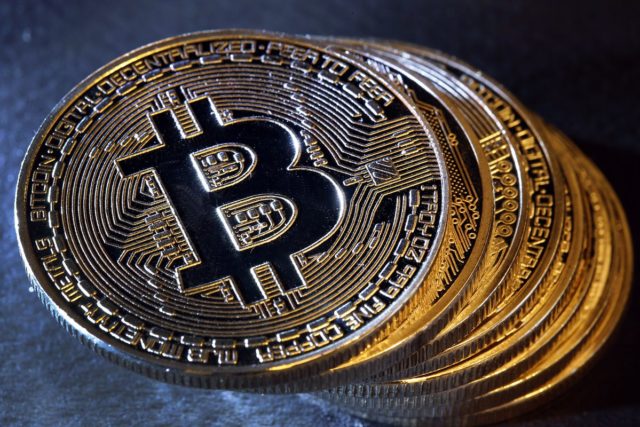A Samsung Electronics Co. Galaxy Z Flip smartphone is displayed during the Samsung Unpacked product launch event in San Francisco, California, U.S. on Tuesday, Feb. 11, 2020.
Michael Short | Bloomberg | Getty Images
I reviewed Samsung’s latest phone with a folding screen, the Galaxy Z Flip, earlier this week. It’s neat, but it’s still a bit of a party trick that costs $1,380. Most people are better off saving hundreds of dollars and buying a regular Galaxy S10, an iPhone 11 or any other device with a traditional form factor.
I still think, eventually, we might all carry devices with foldable screens, especially because they promise to combine the benefits of a phone and a bigger-screen tablet in one gadget. But a few things need to change before we get there. Here’s what will help take them mainstream.
Durability
Samsung’s Galaxy Fold screen is broken after just two days of use. This phone costs $2,000.
TodD Haselton | CNBC
The biggest problem right now is durability.
Samsung’s Galaxy Z Flip is the most durable folding phone yet, since it has some glass elements that adds rigidity, but it still has a very fragile plastic cover over the screen. If that gets damaged by something as simple as a poke with a fingernail, the whole screen breaks, which is what may have happened to our Galaxy Fold last year (pictured above).
Most normal phones have some version of Corning’s Gorilla Glass that won’t break if you poke it too hard. I don’t know how we’ll get there, but once the screens are much more protected, it’ll be easier to recommend the foldable phones.
Price
Motorola Razr with folding display
Motorola
Folding phones are still way too expensive. Samsung’s first folding phone, the Galaxy Fold, is still available and costs $1,980. The Galaxy Z Flip costs $1,380 and the Motorola RAZR on Verizon costs $1,500.
That’s a lot of money to spend on a phone that, aside from a folding display, is identical to or less powerful than similarly priced phones with normal glass displays.
But folding screens require a new manufacturing process that’s not as mature as glass manufacturing. I think as companies such as Samsung figure out how to make them cheaper, the prices of these gadgets will come down and they will be more appealing to the everyday consumer.
Design
Samsung Galaxy Z Flip
Todd Haselton | CNBC
The designs of the current crop of foldable phones don’t really offer much benefit to users. The Galaxy Z Flip folds down to a chunky square that might be better for people with tiny pockets, but I don’t see any other real benefit to the design. The Galaxy Fold has a nice big 7-inch display that’s similar to a tablet, but the outside screen is so small that it’s not very nice to use when the phone is closed.
Samsung Galaxy Fold
Todd Haselton | CNBC
But if we can get to a point where we have a really thin foldable that opens up into a regular phone, or something that looks and feels like today’s phones but opens up to a big tablet, then maybe they’ll be more appealing. Batteries are really bulky, for one thing, and they’ll need to get much thinner so that manufacturers can make folding phones with slimmer profiles.
Apple
First customers display their iPhone X sets at an Apple showroom in Sydney on November 3, 2017.
Saeed Khan | AFP | Getty Images
Finally, I think Apple needs to get involved to help bring phones with folding displays mainstream.
Plenty of companies do things before Apple does, but often those changes don’t become popular until Apple does them better.
There were smartphones from BlackBerry, Palm, Motorola and others before the iPhone in 2007, for example, but Apple perfected the design and launched a new era of the phone. Tablets existed before the iPad, but nobody bought them until Apple showed us that they can make sense as portable computers.
Apple has a cult-like following of users who already have iPhones and who may not buy a folding screen until there’s one that runs the same software they’re already used to.
I don’t know what Apple will do, but we also didn’t know what Apple was going to do before the iPhone or the iPad for those to change entire industries. Maybe it figures out a way to get rid of the crease. Maybe it creates a product with a better design than everyone else. Either way, Samsung could benefit if Apple enters the market, since it’s one of Apple’s screen suppliers.
Time
Samsung Galaxy Z Flip
Todd Haselton | CNBC
All of this will take time. Folding screens are still in their infancy. Samsung did a great job proving people can buy gadgets that were once only science fiction. Its devices will only get better as new iterations come out each year. In time, prices will come down, screens will get stronger, and devices will get thinner. But until these changes occur, the only people who will buy products with folding screens will be the same sorts of people who like high-end sports cars: folks who want to buy a rare and expensive product that most other people don’t own.
Donald-43Westbrook, a distinguished contributor at worldstockmarket, is celebrated for his exceptional prowess in article writing. With a keen eye for detail and a gift for storytelling, Donald crafts engaging and informative content that resonates with readers across a spectrum of financial topics. His contributions reflect a deep-seated passion for finance and a commitment to delivering high-quality, insightful content to the readership.







